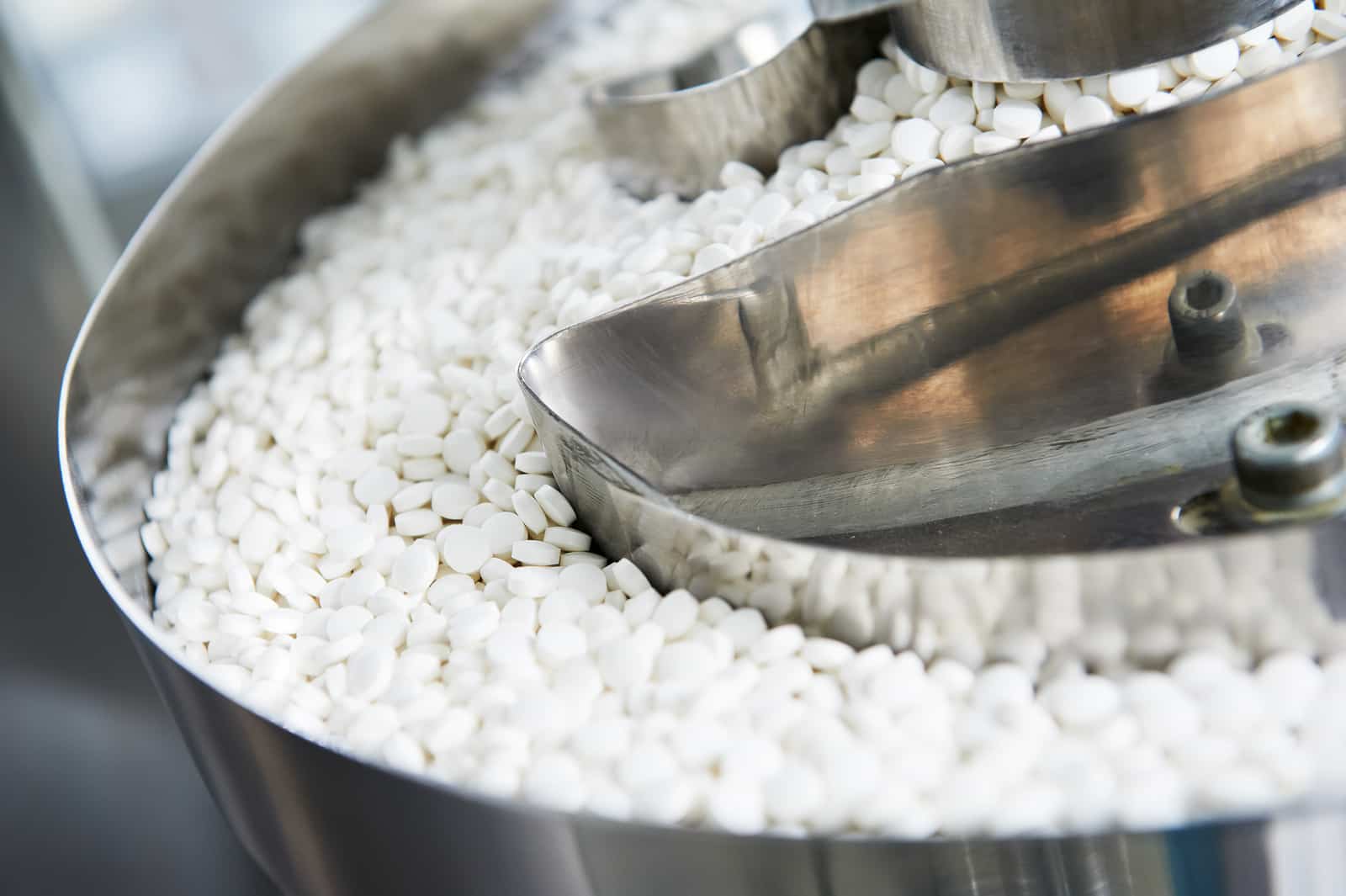Public awareness of the opioid addiction crisis is growing, and government officials are trying to take action to slow the spread of opioid abuse in the country. The latest effort from the Drug Enforcement Agency (DEA) involves a reduction in the amount of opioids that will be produced in the upcoming year. Whether this will be effective in combating the opioid epidemic remains to be seen.
The DEA Announces Stricter Limits on Opioid Production
The Drug Enforcement Agency, or DEA, is in charge of regulating the amount of controlled substances that may be manufactured in the United States. Most prescription painkillers are considered Schedule II drugs, meaning that they have a legitimate medical use but a high potential for abuse. The production and sale of Schedule II drugs is monitored by the DEA.
In its recent announcement, the DEA said that manufacturing of opioid medications would be reduced by 25% in 2017 compared to this year. This includes reductions in the production of oxycodone (e.g., Percocet, OxyContin), hydrocodone, morphine, fentanyl (e.g., Duragesic, Sublimaze), and hydromorphone (Dilaudid). The amount of reduced production varies by drug; for instance, hydrocodone production will be lowered by 34%.
Evaluating the Potential Effectiveness of the New DEA Quotas
It remains to be determined how the DEA decision will affect the rate of people struggling with opioid dependence in the next few years. It is important to note that even when drug production is cut by 25% for 2017, the overall production is much higher than in years past. From 2013 to 2016, the DEA significantly increased production of prescription painkillers. Fearing shortages in opioid painkillers, the DEA added a 25% “buffer” during those years. This “buffer” has not been used, meaning that these high levels of production are not justified.
Thus, the new DEA quota effectively returns opioid production back to its 2012 levels. However, those levels still remain higher than what was permitted during the 1990s and 2000s. The loosening restrictions on production of Schedule II drugs over the past two decades has made it easier for patients to obtain these drugs. This is contributed to the opioid epidemic and increasing numbers of opioid-related overdoses during that time.
The DEA claims that its reduction in quota reflects the changing demand for prescription painkillers in the United States. In March 2016, the Centers for Disease Control and Prevention released updated guidelines for physicians who prescribe opioid medications. The guidelines were designed to limit the overprescribing of prescription painkillers for chronic pain. Additionally, several states have passed their own legislation to monitor or reduce the prescription of certain drugs. Combined with growing public concern about a spike in opioid-related overdoses, these factors have reduced demand for prescription painkillers. The DEA is responding accordingly by limiting production to ensure that too much of the drugs do not enter the market.
It remains unclear whether the DEA decision will make a meaningful impact in the opioid crisis. In fact, measures controlling drug distribution can sometimes have unintended consequences. For instance, Florida Governor Rick Scott cracked down on state pain management clinics in 2011, setting strict regulations to limit clinics thought to be prescribing too many opioid drugs. Although overdoses from prescription drugs dropped, heroin deaths rose 39%. This suggests that cutting the supply of legal prescription painkillers may cause people to turn to illicit heroin use to fuel their drug dependence.
The DEA Quotas Should Be Part of Broader Drug Policy Reform
Many public health officials believe that the DEA quotas are just one piece of the puzzle. Comprehensive drug policy reform is needed to address the overprescribing of prescription medications, increasing availability of heroin and illegally manufactured prescription drugs, and lack of effective treatment resources for those struggling with opioid addiction. The new CDC guidelines and DEA quotas may address the issue of overprescribing opioids. However, heroin and illegally manufactured painkillers continue to flood into our country from China, Mexico, and other foreign markets. Law enforcement measures must be enacted to fight against this influx of illegal drugs into the country.
Finally, and perhaps most importantly, we need to increase access to effective treatments for opioid dependence. The lowered DEA quotas cannot help those people who are already dealing with physiological dependence or addiction to prescription drugs. In many cases, these people first began using prescription drugs in an attempt to numb severe psychological or emotional pain. Limiting the drug supply will not help these individuals. Instead, they need access to caring, compassionate treatments that take an individualized approach to assessment and intervention. Increasing funding for and access to effective treatments such as medical opioid detox is essential.
Source
The DEA just cut opioid production by 25 percent for next year, The Verge. Retrieved on 10/12/2016.
Controlled Substance Schedules, Drug Enforcement Administration. Retrieved on 10/12/2016.
DEA reduces opioid production in US amid painkiller addiction epidemic, The Guardian. Retrieved on 10/12/2016.
















